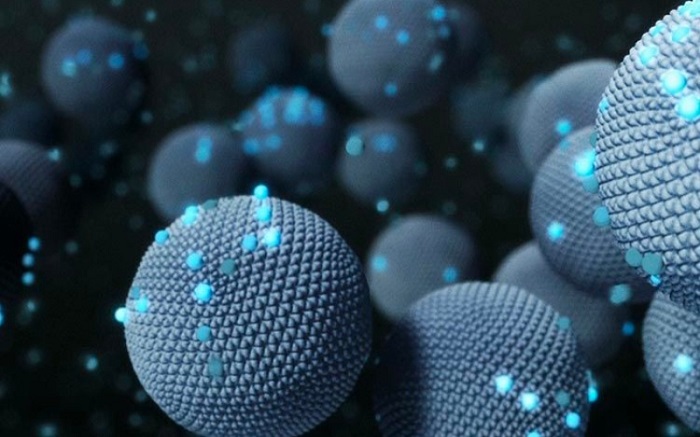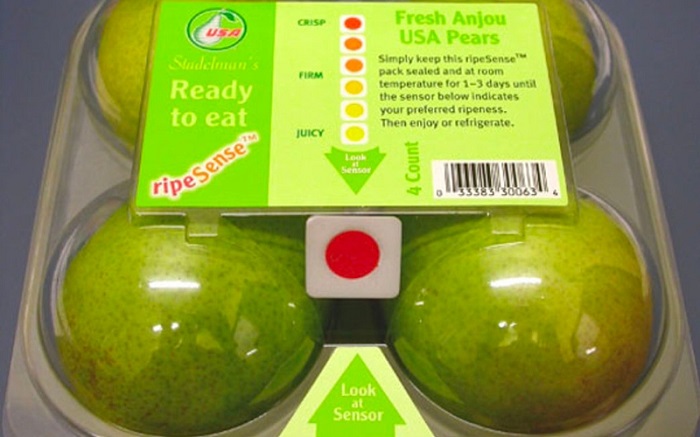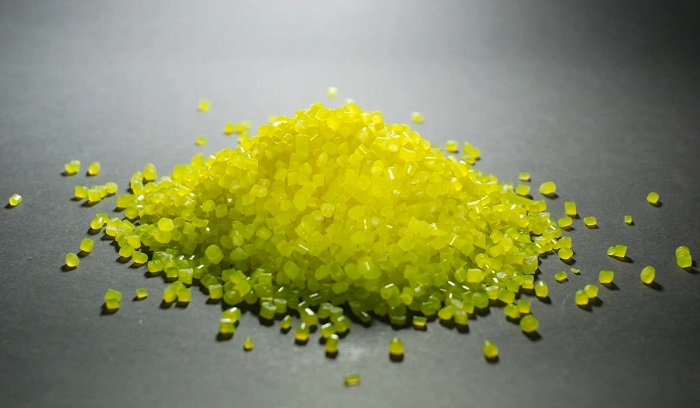PABLO GARCÍA-RUBIO | Tungsteno
Nanotechnology makes it possible to modify elements at the nanometre scale and vary their constituent characteristics. First we looked at how it is revolutionising the construction and textile sectors, and then we analysed its impact on the health industry and pharmacology. And now we delve into the potential of applying these processes to food. In addition to modifying properties such as texture, taste or colour, nanotechnology can help products stay fresh or change their nutritional properties. We review several cutting-edge projects and explore why, at least for the time being, their arrival in supermarkets is a very complex challenge.
More nutritious and healthier foods
Most of the nanotechnological processes that have been developed around food modification are related to nanobioengineering. This is the modification of the biological structures of foods to improve their properties. This makes it a potential area for nutrition, as it allows for the improvement of certain digestive processes in which nutrients are absorbed from food.
One of the main objectives when incorporating ‘nano-innovation’ into nutrition is to improve the bioavailability, stability and solubility of certain nutritional compounds such as proteins, vitamins and carbohydrates. To do this, a technique known as nanoencapsulation is used, which consists of including nutrients within nanomolecules to improve their absorption, protect them from hostile processes and help them reach their destination in better condition.
"Nanomaterials allow for better encapsulation and more efficient release of active food ingredients compared to traditional encapsulation agents," says University of Florida's Yun-Hwa Peggy Hsieh, PhD. This technique has been used, for example, to add the Omega-3 contained in fish oil to baked goods (such as bread), thereby avoiding the strong odour and taste typical of this product.

Nanoencapsulation allows nutrients to be transported and delivered to their destination more efficiently. Image: Flickr.
Nanotechnology is also capable of transforming everyday foods into healthier alternatives. At the University of Nottingham in the UK, they have managed to modify salt crystals on a nanometric scale in order to enhance their flavour over a smaller surface area. In this way, one can use less of this condiment and save oneself some of the health problems it can cause. In fact, the researchers claim that salt consumption can be reduced by up to 90% without changing the taste.
Extending shelf life and avoiding wastage
One of the biggest challenges facing the food production industry, from cultivation and production to the important role of consumers, is food waste. The Food and Agriculture Organisation of the United Nations (FAO) estimates that around one third of all food produced is wasted—that is, some 1.3 billion tonnes a year.
In this respect, nanotechnology can also be an ally of the sector. In addition to prolonging the freshness of products through nanobioengineering, it can be used to include nanomaterials in packaging in order to preserve the product for longer. In the first case, nanostructured systems or materials have been developed such as edible coatings or films that act as a barrier to external agents related to food spoilage; for example, moisture, oxygenation or microbes. Edible nanocoatings have been successfully tested to protect fruits and vegetables from spoilage.

Some sensors can detect substances given off by the fruit as it decomposes and change colour to indicate its degree of ripeness. Image: Ripesense.
In the field of packaging, nanotechnology has been used to modify the mechanical properties of surfaces, making them more impermeable or resistant to changes in the environment. One of the most studied materials is clay nanoparticles, used to create highly efficient packaging at an affordable cost. Nanoclay can improve packaging for beer or soft drinks, as it is more effective at retaining gases than conventional plastics.
Nanobiosensors that are being developed for the medical or defence industry can also be incorporated into food packaging. These devices use nanotechnology to detect compounds with high sensitivity, so they could alert consumers to the presence of different elements released by food as it breaks down. Such sensors can also change colour to warn consumers if a product is in poor condition or has deteriorated. Although not yet seen in supermarkets, they are already being developed by some companies in Australia and New Zealand and have become one of the most promising applications in the packaging sector.
The difficult road to the supermarket shelf
Despite all the promise of nanotechnology, there are still many obstacles to nanofoods succeeding in the marketplace and transferring their benefits from the laboratory to real life. The main stumbling block is the lack of research into the risks that nanotech applications may pose after consumption. This is especially true for products modified through inorganic nanoparticles with silver, titanium and metal oxides.
Some scientists are studying the effects of the possible accumulation of these particles in the human body and to what extent the system is able to dissolve and dispose of them. "There are thousands of nanosafety studies, but very few of them can be used for risk assessment," Kai Savolainen, director of the Nanosafety Research Centre at the Finnish Institute for Occupational Health, told The Guardian.
The barriers to bringing all of these solutions to market in the short to medium term have meant that large companies that were committed to such developments at the beginning of this century have stopped researching them. A better understanding of the potential toxicity of these applications would allow countries to advance the regulatory framework to bring these products to supermarket shelves around the world.
· — —
Tungsteno is a journalism laboratory to scan the essence of innovation. Devised by Materia Publicaciones Científicas for Sacyr’s blog.
